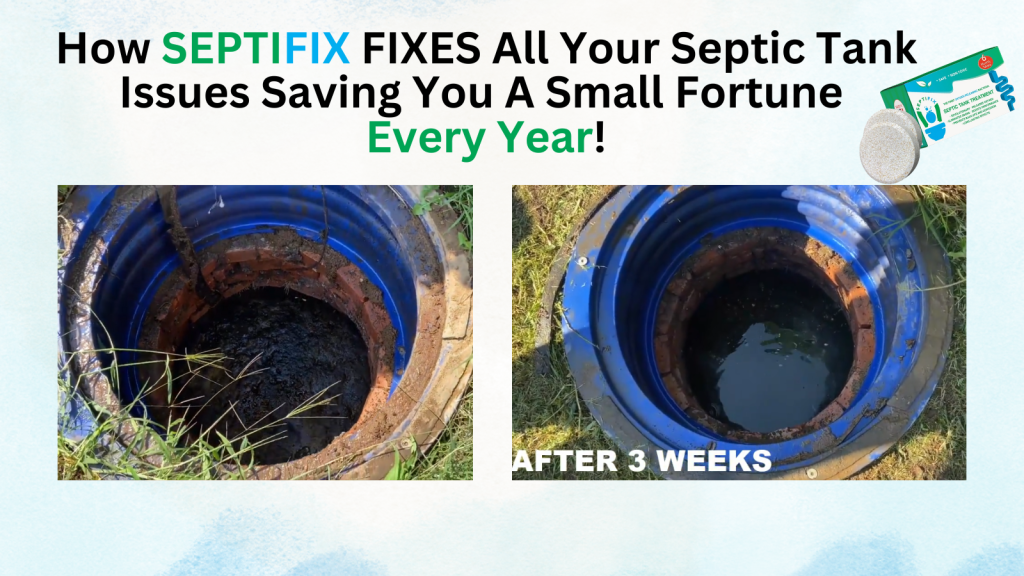If you own property in the Buckeye State, it’s crucial to understand Ohio septic tank laws. These regulations govern how on-site sewage treatment systems (commonly called septic systems) are designed, installed, and maintained. Whether you’re building a new home or maintaining an older system, staying compliant with Ohio’s laws helps prevent environmental damage and costly fines. This guide breaks down the rules in plain language so you can confidently manage your septic setup.
Overview of Ohio Septic Regulations
What Agency Regulates Septic Systems in Ohio?
In Ohio, septic systems are regulated by the Ohio Department of Health (ODH), specifically under Chapter 3701-29 of the Ohio Administrative Code. Local health districts are responsible for administering and enforcing these rules.
When Did the Current Rules Take Effect?
The current version of Ohio’s household sewage treatment system (HSTS) rules took effect on January 1, 2015, following years of statewide inconsistency in regulations. These updated laws focus on system performance, environmental safety, and public health.
Permitting Requirements in Ohio
Do You Need a Permit for a Septic System?
Yes. You must obtain a permit from your local health department before:
- Installing a new septic system
- Replacing an existing one
- Making significant repairs
Permits ensure the system is appropriately sized, located, and engineered for your property’s soil and water table.
Who Conducts Soil Testing?
A certified soil scientist must perform a soil evaluation before any new installation. This analysis determines your soil’s suitability for wastewater absorption and helps design the most effective system.
Types of Septic Systems Allowed in Ohio
Ohio law permits several types of household sewage treatment systems, including:
- Septic tank with leach field (soil absorption system)
- Aeration treatment units
- Drip distribution systems
- Mound systems
The approved system depends on factors such as soil type, lot size, and proximity to water sources. Local boards of health may set additional restrictions.
Tip: Some areas in Ohio, particularly those with clay-rich or poorly draining soils, may require advanced systems like mounds or aeration units.
Inspection and Maintenance Requirements
How Often Must Septic Systems Be Inspected?
Ohio law mandates that all systems be regularly inspected and maintained. While frequency varies by county, the general requirements are:
- Every 1 to 5 years depending on the type of system
- Aeration systems may require annual inspections
Your local health district maintains a schedule and may notify homeowners of required inspections.
What Happens During an Inspection?
A typical inspection includes:
- Checking sludge and scum levels in the tank
- Ensuring effluent filters are clean
- Examining mechanical parts for wear
- Evaluating drain field performance
Pump-outs are recommended every 3 to 5 years depending on system usage and tank size.
Selling Property with a Septic System in Ohio
Are Inspections Required Before a Sale?
Some counties in Ohio require a point-of-sale inspection of the septic system before property transfers. These inspections help ensure the system meets current standards and is functioning properly.
Note: Even when not mandated by law, it’s a smart move for buyers and sellers to request an inspection for peace of mind.
Common Legal Violations and Penalties
What Constitutes a Violation?
Homeowners may be in violation of Ohio septic laws if they:
- Discharge untreated sewage to the surface
- Operate a failing system without repair
- Alter a system without a permit
- Block required inspections
What Are the Consequences?
Penalties for violations can include:
- Fines from local health authorities
- Orders to replace or repair systems
- Legal action if systems pose public health risks
Acting early and staying informed helps avoid these costly consequences.
Regional Differences in Enforcement
Though state laws provide a uniform baseline, enforcement can vary widely across Ohio’s 88 counties. For example:
- Cuyahoga County has more stringent aeration system rules
- Franklin County operates under a separate Operation and Maintenance (O&M) program
- Rural counties may offer more flexible soil treatment options
Always check with your local health district for specific requirements.
Contact Info and Resources
Here are a few helpful links and contacts to guide you through Ohio septic tank regulations:
- Ohio Department of Health: Household Sewage Program
- List of Local Health Districts
- Ohio State University Extension Septic System Resources
- Ohio Septic Service Providers
For system design or repair, consult a licensed septic installer or soil evaluator familiar with your county’s rules.
Conclusion
Ohio septic tank laws are designed to protect both homeowners and the environment. From permitting and system types to inspections and maintenance, staying in compliance is easier when you understand the rules. If you’re installing a new system or maintaining an old one, start by contacting your local health department for guidance.
Don’t risk penalties or system failures—keep your septic system legal, safe, and functional. If in doubt, seek advice from a certified professional who knows Ohio’s local regulations.









